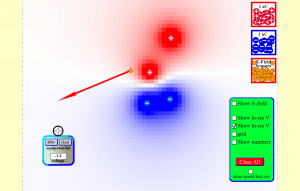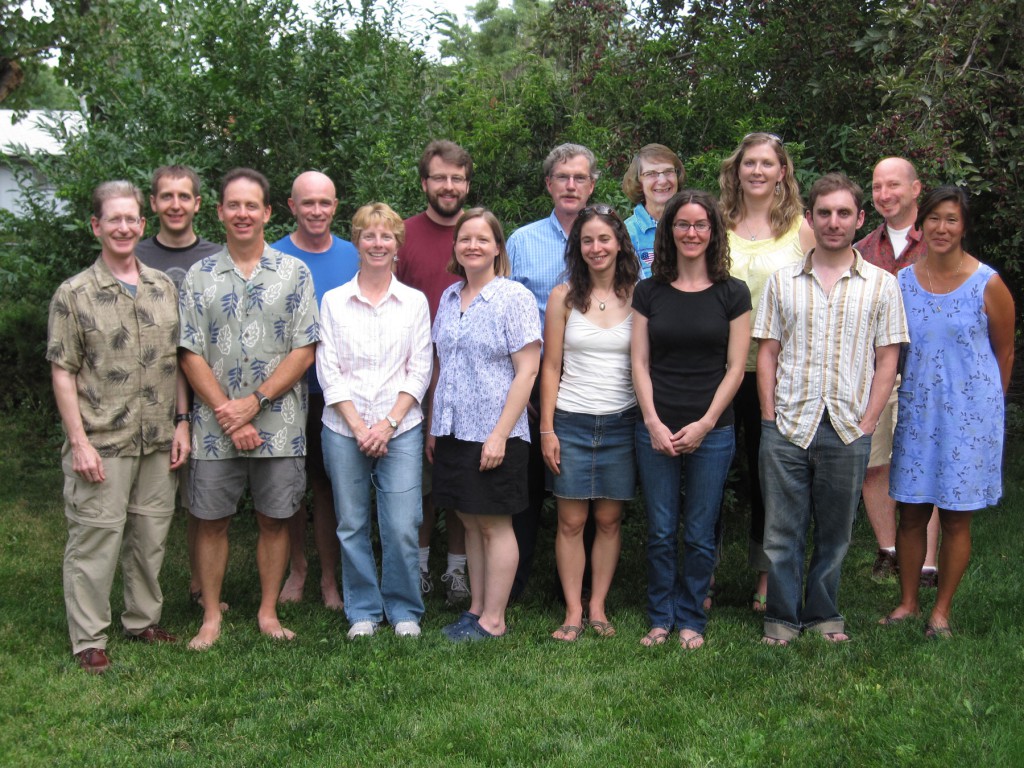“Factors promoting engaged exploration with computer simulations” in Physical Review Special Topics
See our paper “Factors promoting engaged exploration with computer simulations” in Physical Review ST to learn more about how features of PhET sims enable students to pose questions and answer them in ways that may not be supported by more traditional educational materials.






